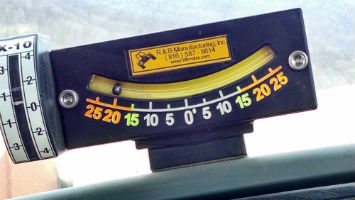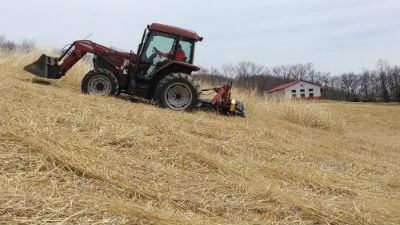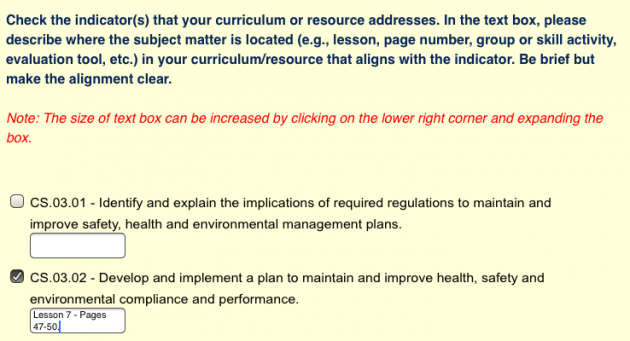The National Youth Farm and Ranch Safety Symposium, an event funded as one objective of the Safety in Agriculture for Youth (SAY) project, provided an opportunity for interaction and discussion among stakeholder groups, educators, parents, and agricultural employers who provide or seek training opportunities for young workers. The overarching goal of the symposium was to bring together a diverse group of professionals to enhance awareness of, access to, and utilization of farm and ranch safety materials by youth and by adults who instruct or work with youth.
In a concise format, speakers presented a broad range of topics. Their purpose was to initiate constructive dialogue about ideas, resources, gaps, and best practices for safely involving youth on the farm or ranch, regardless of whether the youth are working for family operations or for general hire.
The symposium was held October 27–28, 2014, in Louisville, Kentucky. For a PDF of the symposium program, please click here.
This article identifies the keynote speakers and provides links to video clips from each of the four plenary sessions.
Plenary One: Current Regulations—the Good, the Bad, and the Opportunities
Brad Rein – National Institute of Food and Agriculture, USDA
Karen Garnett – U.S. Department of Labor, Wage and Hour Division
Shari Burgus – Farm Safety for Just Kids
*Marilyn Adams – Farm Safety for Just Kids
Barbara Lee – National Children’s Center for Rural and Agricultural Health and Safety
Dawn Castillo – National Institute for Occupational Safety and Health
Aida Balsano – National Institute of Food and Agriculture, USDA
Plenary Two: Youth for Hire—Employment Options in Agriculture
Karen Garnett – U.S. Department of Labor, Wage and Hour Division
Kristi Boswell – American Farm Bureau Federation
*Marty Tatman – American Farm Bureau Federation
Mike Honeycutt – National Council for Agricultural Education
Sydney Snider – Ohio FFA, State President
Amy Liebman – Migrant Clinicians Network
Frank Gasperini – National Council of Agricultural Employers
David Hard – National Institute for Occupational Safety and Health
* Kitty Hendricks – National Institute for Occupational Safety and Health
Barbara Lee – National Children’s Center for Rural and Agricultural Health and Safety
Mary Miller – National Children’s Center for Rural and Agricultural Health and Safety, Consultant
Plenary Three: When can I?—Age versus Competence
David Schwebel – University of Alabama at Birmingham
Barbara Lee – National Children’s Center for Rural and Agricultural Health and Safety
Mike Honeycutt – National Council for Agricultural Education
Bill Field – Purdue University
Plenary Four: Making the Time to Teach Ag Safety and Health—Formal versus Nonformal (Education and Teaching Resources)
Kirby Barrick – American Association for Agricultural Education
Dennis Riethman – Former Vocational Agriculture Instructor
Lisa Lauxman – National Institute of Food and Agriculture, USDA
Aaron Yoder – NIOSH Ag Center, Central States
Shari Burgus – Farm Safety for Just Kids
Bernard Geschke – Progressive Agriculture Foundation
Mary Miller – National Children’s Center for Rural and Agricultural Health and Safety, Consultant









 The
The 





